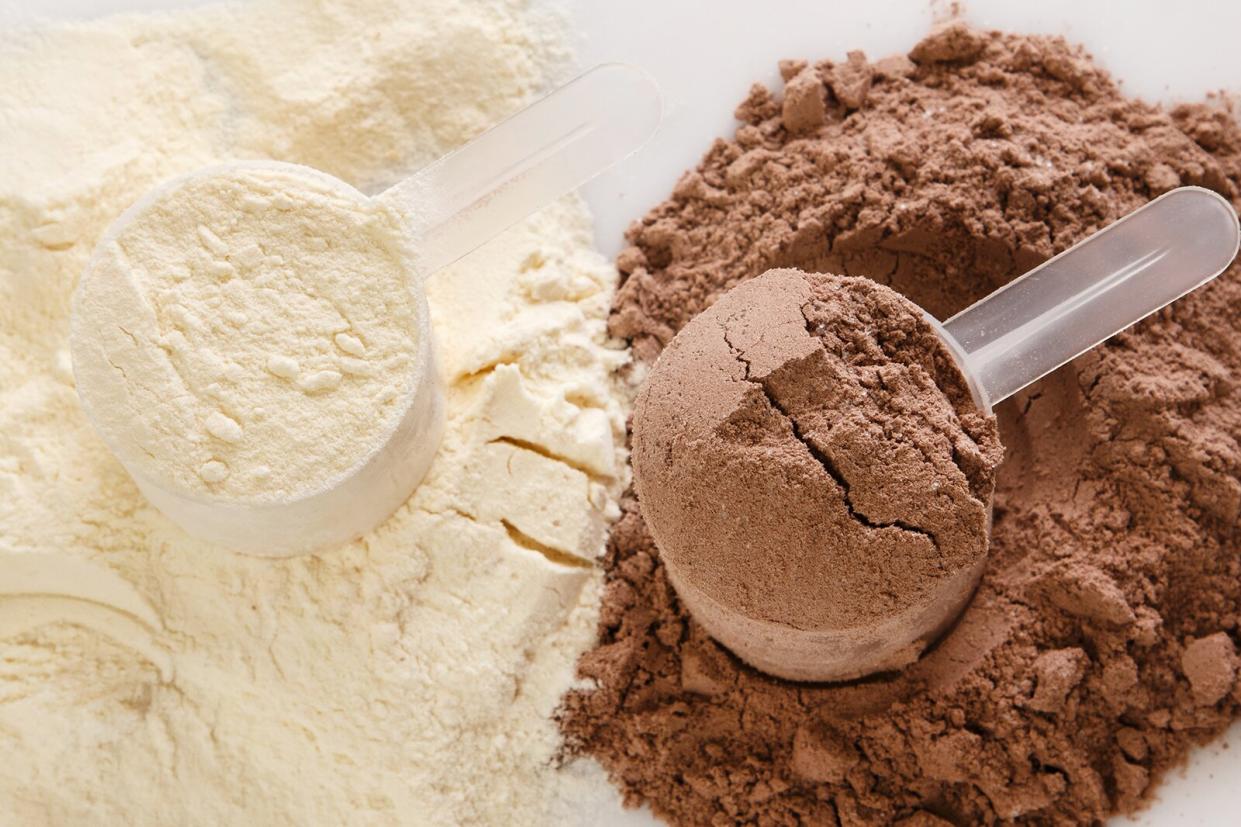What Is Malted Milk Powder—and How to Use This Classic Ingredient (Other Than in Milkshakes)

Jun / Getty Images
From creamy milkshakes to chocolatey Ovaltine, some of the most iconic beverages are made with malted milk powder. The ingredient is also the star of malted milk balls and classic chocolate-covered malt candies that melt in your mouth. But have you ever thought about using malted milk powder beyond milkshakes and candies? As it turns out, it might be just what you need to elevate your next baking or cooking creation.
Related: What's the Difference Between Natural and Dutch-Process Cocoa?
What Is Malted Milk Powder?
First, let's talk about malt powder, which is an ingredient in malted milk powder. According to Christopher Curtin, certified master chef and chocolatier at Éclat Chocolate in West Chester, Penn., malt powder is made of malting wheat—barley, to be exact. The process involves soaking barley in water, allowing it to sprout, then letting it dry, says Penny Stankiewicz, chef-instructor of pastry and baking arts at Institute of Culinary Education. This process helps develop the barley's natural sugars, which gives malt powder its iconic sweetness. Malted milk powder, on the other hand, is malt powder plus milk solids and salt. The result is a mild, aromatic ingredient that's deliciously sweet, earthy, and nutty.
Creative Ways to Use Malted Milk Powder
Aside from malted milkshakes and candies, the powder can be used to flavor a range of preparations. "Malted milk powder can be added to any recipe where the toasty, nutty flavor [will] enrich it," says Stankiewicz. In the realm of sweet treats, she says excellent candidates include crepes, chocolate cake, cookies, ice cream, crème brûlée, and any type of custard. Even quick breads can benefit from malted milk powder, as the lactose (milk sugar) in the milk solids will help promote browning. Additionally, it's ideal for adding flavor to pancakes, waffles, and whipped cream.
But don't limit yourself to the sweet stuff. According to Curtin, the ingredient has a place in savory dishes that could use a slightly nutty, buttery, and umami flavor. For example, you can mix in a bit of malted milk powder into barbecue sauce or lightly dust it on fried chicken before serving. Making breaded fish or chicken? Try adding the powder to your flour mixture, suggests Curtin. The earthy notes of malted milk powder also work well in sauces made with mushroom, peanut, miso, and/or cream, he says.
Tips for Using Malted Milk Powder
For the most part, you can add malted milk powder to a recipe without making major changes, says Stankiewicz. She recommends starting with 1 tablespoon, then working your way up from there. If you do need to adjust the other ingredients in your recipe, it will likely involve sugar or salt. "Malted milk powder has a natural sweetness, so it can alter the balance of the recipe," says Stankiewicz. Small amounts won't have a significant effect, but if you're using a generous serving, you might need to reduce other sweeteners. Similarly, you might need to reduce the added salt to account for the salt content in malted milk powder.
